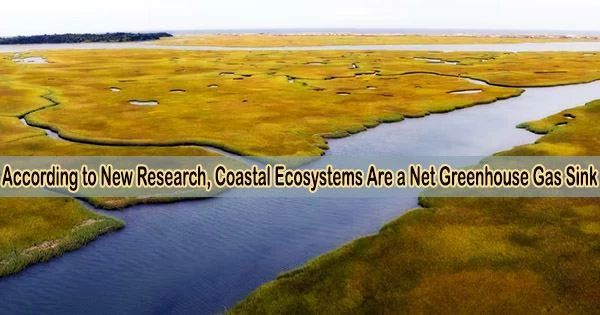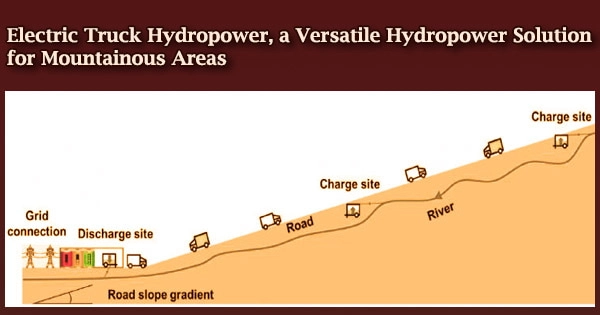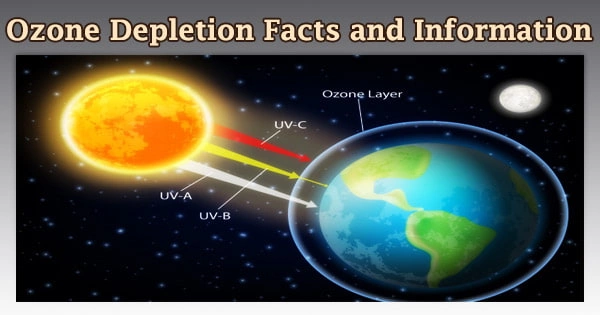According to international researchers led by Australia’s Southern Cross University, a new greenhouse gas budget reveals that coastal ecosystems constitute a net global sink for carbon dioxide (CO2), albeit some of the CO2 uptake is offset by emissions of methane (CH4) and nitrous oxide (N2O).
The publication, Coastal vegetation and estuaries collectively comprise a greenhouse gas sink, published today in Nature Climate Change, summarizes the latest findings of the coastal greenhouse gas balance (CO2 + CH4 + N2O) in 10 globe regions and globally.
Many coastlines across the world exhibit tremendous variation in greenhouse gas sinks and outputs, ranging from tropical lagoons to frigid fjords, from coastal mangrove forests to undersea seagrass beds.
“Understanding how and where greenhouse gases are released and absorbed in coastal ecosystems is an important first step for implementing effective climate mitigation strategies,” said lead researcher, Dr. Judith Rosentreter, Senior Research Fellow at Southern Cross University.
“For example, protecting and restoring mangrove and salt marsh habitats is a promising strategy to strengthen the CO2 uptake by these coastal wetlands.”
The amount of CH4 and N2O released into the atmosphere can be decreased by undertaking additional measures to lessen human impact, such as reducing fertilizer, organic matter, and wastewater inputs into coastal waters.
The global team of scientists looked at ten different world regions: North America, South America, Europe, Africa, Russia, West Asia, South Asia, East Asia, Southeast Asia and Australasia.
In our new study, we show that when we consider all three greenhouse gases (CO2 + CH4 + N2O), eight out of the 10 world regions are a coastal net greenhouse gas sink.
Dr. Judith Rosentreter
Due to its vast and fruitful tropical coastal wetlands that absorb CO2, they discovered Southeast Asia to be the region with the strongest coastal greenhouse gas (GHG) sink. North America, with its huge coastal marshes and CO2-absorbing fjords, is a second sink hotspot.
“Our new research shows that fjords around the world take up ~40% of CO2 that would otherwise be released from tidal systems, deltas and lagoons. Most (86%) of this important CO2 uptake by fjords comes from the North America region, mostly Greenland,” said co-author Professor Bradley Eyre, Professor of Biogeochemistry at Southern Cross University.
Dr. Rosentreter added: “Other coastal habitats are sources of greenhouse gases. For example, coastal wetlands such as mangrove forests, coastal salt marshes and seagrasses, release more than three-times more CH4 than all estuaries in the world.”
In addition, certain coastal wetlands also absorb N2O, making them a net GHG sink for the atmosphere when all three greenhouse gases are taken into account. These wetlands are known as coastal ‘blue carbon’ wetlands.
“In our new study, we show that when we consider all three greenhouse gases (CO2 + CH4 + N2O), eight out of the 10 world regions are a coastal net greenhouse gas sink,” Dr. Rosentreter said.
The findings will inform the efforts of the Global Carbon Project’s RECCAP2.
“The research was initiated by the Global Carbon Project to establish greenhouse gas budgets of large regions covering the entire globe, and for which the contribution of these coastal ecosystems remained unaccounted for,” said co-author Pierre Regnier, Professor of Earth System Science at Université Libre de Bruxelles.
Snapshot: coastal greenhouse gas sinks and sources around the world
Quantifying CO2, CH4, and N2O fluxes in estuaries and coastal vegetation in 10 worldwide regions involved compiling measurements from 738 sites from research published between 1975 and 2020.
Globally, each region’s unique coastal characteristics (climate, hydrology, abundance) determine the amount of greenhouse gases that are absorbed by or released from coastal systems.
Strongest coastal greenhouse gas sinks:
- Top: the archipelagic region of Southeast Asia, because of its extensive and productive tropical mangrove forests and seagrasses that take up large amounts of CO2.
- Next: North America because of its large areas of salt marshes, mangroves, and seagrasses but also CO2-uptaking fjords.
- Third: Africa with large CO2 uptake by mangroves and seagrasses that is moderately reduced by estuarine GHG emissions.
Moderate coastal greenhouse gas sinks:
- South America: moderate CO2 uptake by coastal wetlands, especially mangroves, and some estuarine GHG emissions.
- Australasia: long stretches of coastal wetlands that take up CO2, but this region also has a large number of estuaries along its coasts, many of which are a source of CO2, CH4 and N2O.
- West Asia: weak estuarine GHG source and moderate CO2 uptake by coastal wetlands, mostly seagrasses.
- Weak coastal greenhouse gas sinks:
- East Asia and South Asia: the moderate coastal wetlands CO2 sink is largely reduced by estuarine GHG emissions.
Weak coastal greenhouse gas sources:
- Europe and Russia: Both regions discharge more coastal GHG into the atmosphere than they can absorb. A cooler climate also means that these areas have less coastal wetlands (such as mangroves), which would otherwise take up significant amounts of CO2. These places have many impacted tidal estuaries that emit greenhouse gases.
















